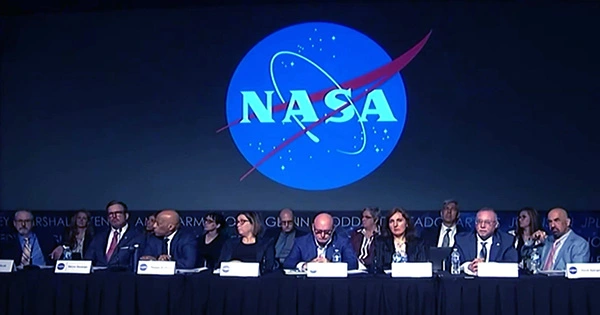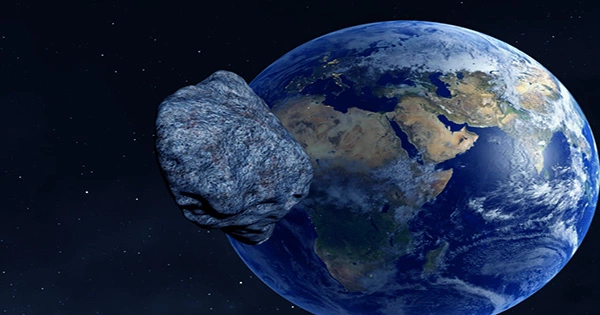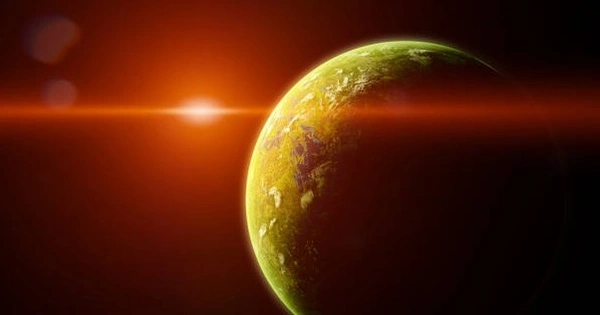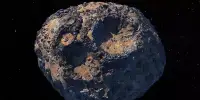The truth is out there—we just need to seek harder.
Scientists at NASA’s first public discussion on “unidentified anomalous phenomena”—more commonly known as UFOs—called for a more rigorous scientific approach to determining the origin of hundreds of odd sightings on Wednesday.
The space agency stated last year that it was investigating occurrences in the sky that could not be attributed to aviation or natural phenomena—a topic that has long piqued the public’s interest but has been disregarded by orthodox science.
An independent panel of 16 scientists is expected to publish its findings in a report by the end of July, with Wednesday’s working conference serving as a forum for its final discussions.
“The current existing data and eyewitness reports alone are insufficient to provide conclusive evidence,” the study’s chair, astrophysicist David Spergel, said in live-streamed remarks.
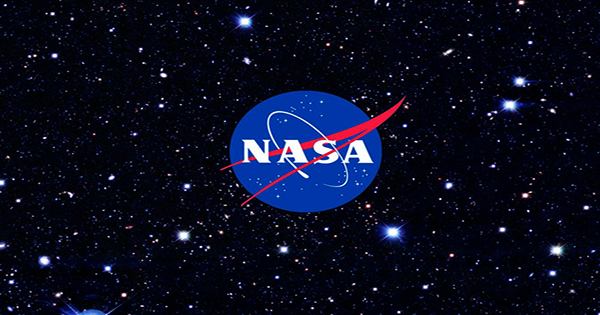
“One of the lessons we’ve drawn is the need for more high-quality data, that is, data measured with well-calibrated instruments, multiple observations, and there’s a need for high-quality data curation,” he added.
Over the course of 27 years, more than 800 incidents were recorded, with two to five percent of them judged to be potentially anomalous, according to scientific journalist Nadia Drake, who was involved in the study.
This is defined as “anything that is not readily understandable by the operator or the sensor,” or “anything that is acting strangely.”
Metallic orb: Sean Kirkpatrick, director of the Pentagon’s All-Domain Anomaly Resolution office, revealed a new video of two faraway dots going back and forth on a screen, as filmed by a P3 military plane in the western United States, which became three dots, in a presentation.
Because the P3 was unable to intercept the dots, the pilot reported the incident. However, subsequent examination revealed that the objects were very far away and were most likely commercial airplanes on a major flight corridor.
“This is the type of thing that can spoof and/or mislead both highly trained pilots and sensors,” Kirkpatrick explained. “When they’re not sure, they’re reporting it now, and that’s what they’re supposed to be doing.”
A soaring metallic ball discovered by an MQ-9 drone at an unknown location in the Middle East was one example of a yet unexplained occurrence, Kirkpatrick added, reproducing a video initially provided to Congress last month.
“This is a typical example of something we see a lot.” We see these all across the world, and they do extremely intriguing visible motions.”
While NASA robots and rovers scan the solar system for ancient microbial fossils and astronomers search for hints of intelligent civilizations on faraway worlds, this is the first time NASA is looking into inexplicable events in Earth’s skies.
Previously, the agency’s position was to “debunk” such encounters, increasing the stigma associated with the search for alien life.
According to Dan Evans, who is directing the research, several of the study’s experts have been subjected to online harassment as a result of their involvement in the panel.
“It’s critical to understand that any form of harassment towards our panelists only serves to detract from the scientific process, which requires an environment of respect and openness,” he added.
NASA’s work, which depends on declassified information, is distinct from the Pentagon investigation, though the two are collaborating on how to use scientific tools and methodologies.
“To date, in the refereed scientific literature, there is no conclusive evidence suggesting an extraterrestrial origin for UAV,” Drake concluded.
